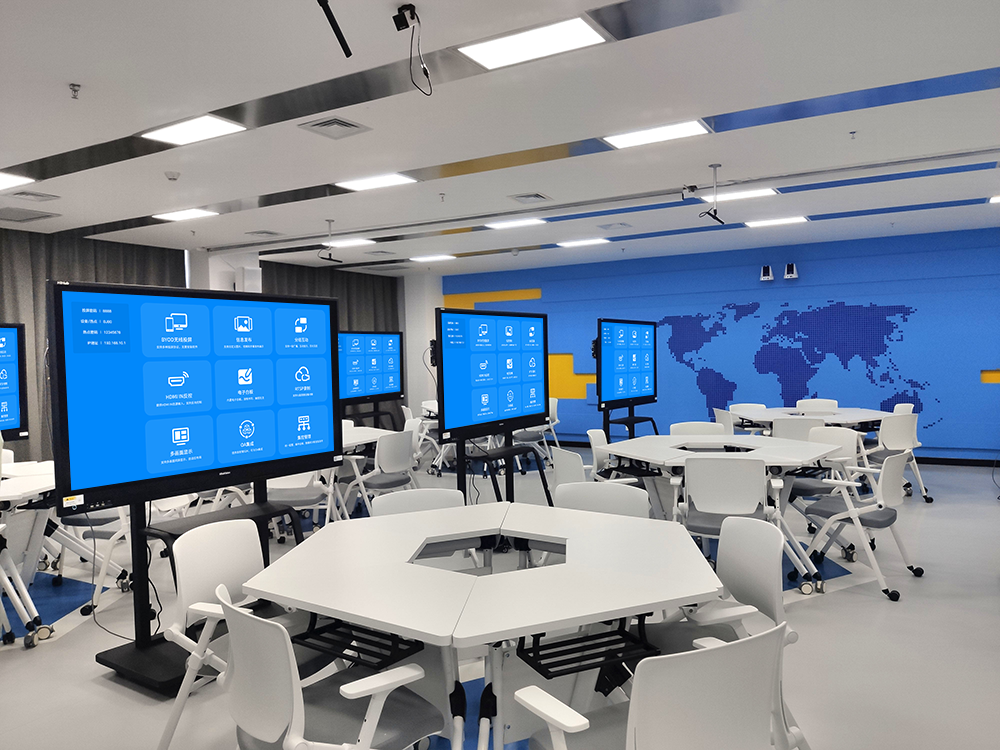Amid the wave of digital transformation, wireless screen mirroring technology is profoundly changing the way we work and learn. From the early WiDi to today’s
multi-screen interaction, this technology has evolved into a core infrastructure for smart classrooms and modern offices.
- An early wireless display solution launched by Intel.
- Required specific hardware support (e.g., Intel processors and compatible wireless network cards).
- Laid an important foundation for the development of subsequent wireless screen mirroring technologies.
- Supports simultaneous screen mirroring from multiple devices (such as phones, computers, and tablets).
- Enables real-time interaction with on-screen content (e.g., annotations, comments, and screen switching).
- Promotes team collaboration and knowledge sharing, especially in group discussion scenarios.
- Convenience: Frees users from cable constraints, allowing one-click screen mirroring without complicated setup.
- Compatibility: Supports a variety of devices, including smartphones (Android/iOS), laptops (Windows/Mac), and tablets.
- Interactivity: Delivers a true multi-screen interaction experience, enabling seamless content sharing and collaborative operations across devices.
- Teachers can conduct mobile lectures, moving around the classroom while mirroring courseware from their devices.
- Students can share their works (e.g., assignments, designs) on the big screen with one click for class review.
- Enables real-time interactive teaching, such as instant Q&A and collective annotation on teaching content.
- Facilitates collaborative learning within groups, with members sharing ideas via screen mirroring.
- Supports side-by-side display of results from different groups for easy comparison and analysis.
- Encourages the collision of ideas, making group discussions more in-depth and efficient.
The continuous development of wireless screen mirroring technology provides strong support for the construction of smart classrooms, making teaching more vivid and interactions more in-depth.

